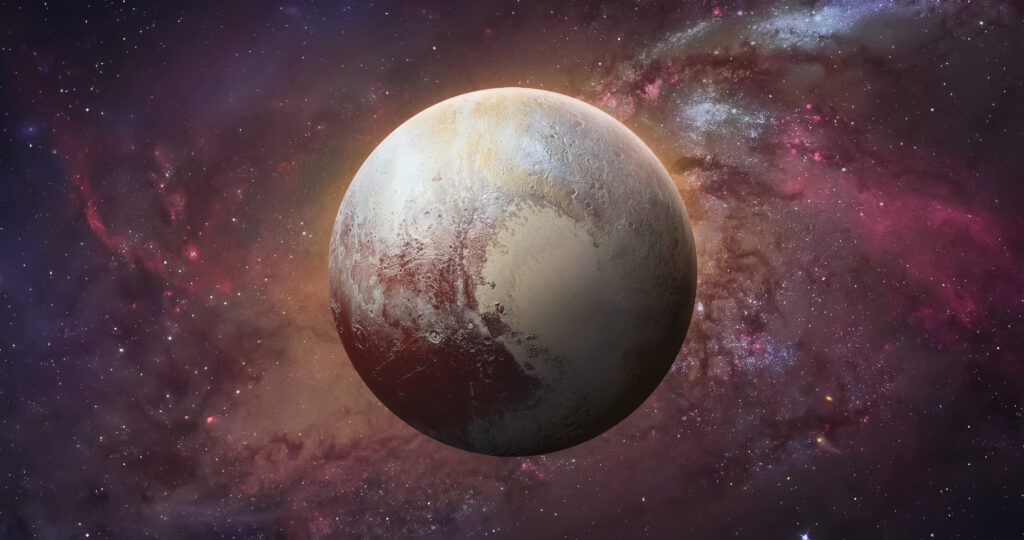On February 18, 1930, an American astronomer by the name of Clyde Tombaugh made a discovery that would forever change the way we view outer space. His startling find? The planet now known as Pluto. Though tiny and situated in the most distant reaches of our solar system, Pluto changed our understanding of the cosmos forever.
Pluto had been theorized to exist by Percival Lowell since 1905, but its true identity had remained elusive for decades. Tombaugh was determined to be the one who tracked it down and set himself to work analyzing thousands of photographic plates taken by Lowell's observatory in Flagstaff, Arizona. After countless hours at his telescope, he finally spotted the planet's faint silhouette, setting off a chain reaction that led us to our current understanding of the universe.
A New Perspective on Our Solar System
Prior to Tombaugh's findings, astronomers thought they knew all there was to know about our solar system—with only seven planets detected and mapped out accordingly. This long-held belief was shattered when images revealed not only eight but also several objects orbiting beyond Neptune, which eventually came to be known as Trans-Neptunian Objects (TNOs). This new information meant that our solar system was vastly larger than anyone had ever imagined and required scientists to reassess their theories regarding other planetary systems beyond ours.
From Pushback to Realization
At first, many members of the scientific community were unwilling to accept Tombaugh's findings as there were still questions surrounding whether or not Pluto met all criteria needed for classification as a planet. It wasn't until 2006 when a definition for classifying planets in relation to each other was proposed that Pluto could finally take its rightful place among them, albeit as a dwarf planet instead.
Legacies Left Behind
Though small in size, the impact of Tombaugh's discovery is far-reaching, opening up conversations on what exactly qualifies something as a planet. To honor this legacy, certain features have been named after him, such as an academic center located on Arizona State University's campus and an asteroid discovered between Mars and Jupiter aptly named 134340 Tombaugh.
Other tributes include regular occurrences such as National Astronomy Day (April 8) being celebrated around the world in addition to an international award granted annually for outstanding contributions made towards the field of planetary research—both continuing proof that even those who study from smaller telescopes can make big impacts on our greater understanding of outer space.

